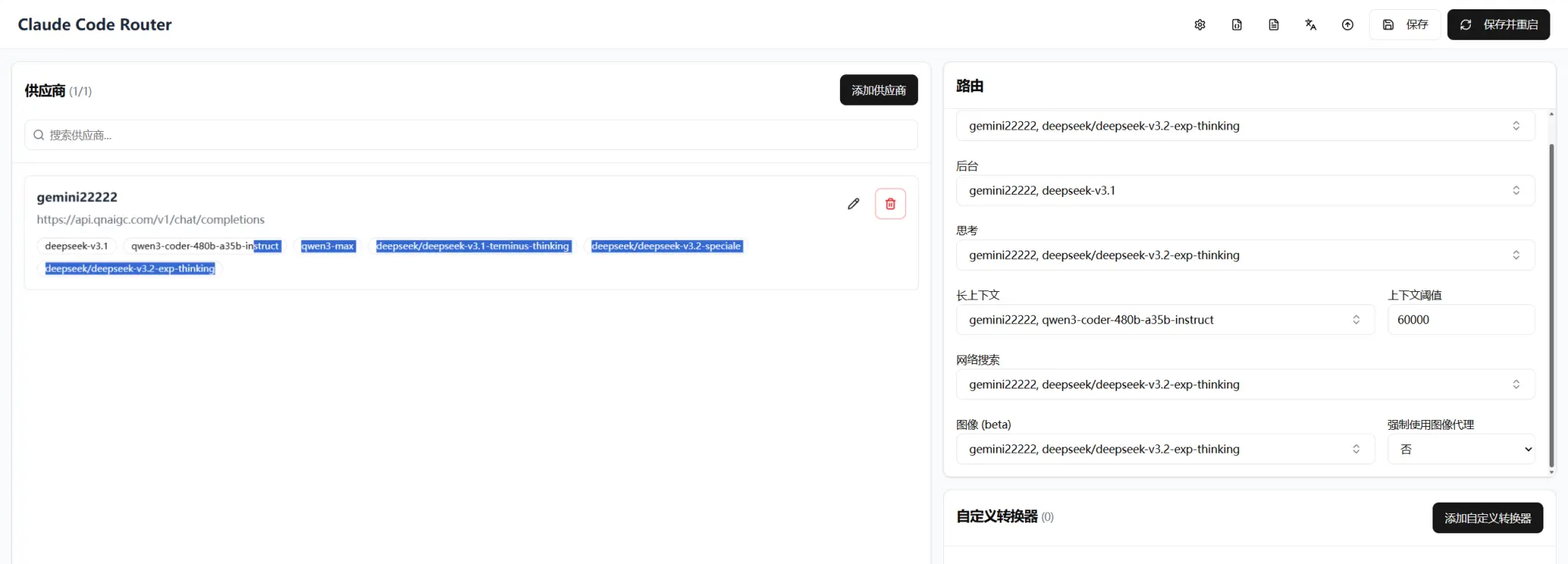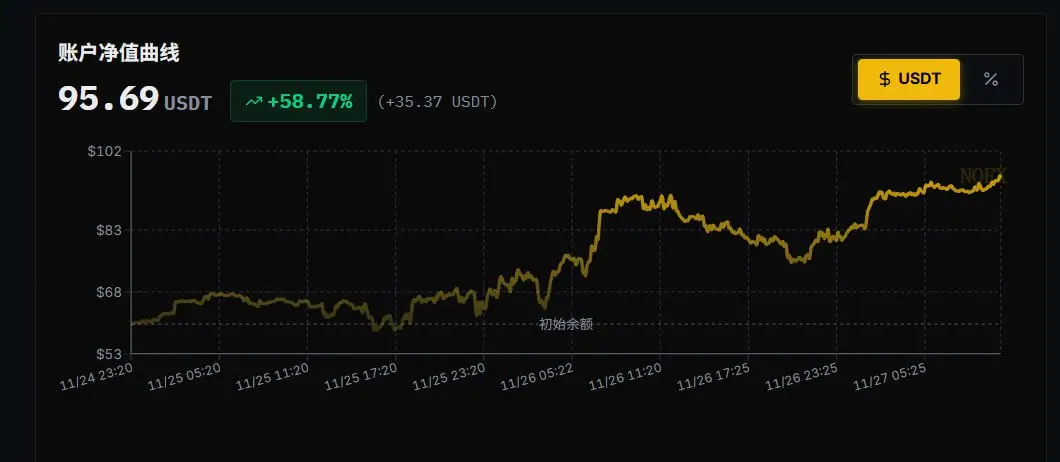在日常计算机使用中,我们常常需要进行重复性的操作,例如定时按下某个键盘按键或模拟鼠标点击。这可能涉及到玩游戏、自动化测试、数据录入等各种场景。为了实现这些功能,你可以创建一个自动化按键和鼠标点击工具。本教程将介绍如何使用Python和一些库来创建这样的工具。
1. 开场故事
想象一下,你正在玩一个需要不断点击鼠标的游戏,或者你需要在浏览器上定期执行某项任务。每次都手动点击或按下键盘按键是多么繁琐和乏味!那么,有没有一种方法可以自动化这些操作,让计算机来代劳呢?答案是肯定的,本文将向你展示如何创建一个自动化按键和鼠标点击的工具,让你告别重复性操作的困扰。
2. 准备工作
在开始之前,我们需要准备一些工具和库。首先,你需要安装Python,如果你还没有安装,可以从官方网站下载并安装。接下来,我们将使用以下库:
- PyQt5:用于创建图形用户界面。
- pynput:用于监听键盘和鼠标事件。
- pygetwindow:用于获取当前活动窗口的信息。
- pyautogui:用于模拟键盘按键和鼠标点击事件。
你可以使用以下命令安装这些库:
pip install PyQt5 pynput pygetwindow pyautogui3. 创建图形用户界面
首先,我们将创建一个图形用户界面(GUI),以便用户可以轻松地控制自动化工具。我们将使用PyQt5库来构建GUI。以下是一个示例GUI的代码:
from PyQt5 import QtWidgets, uic
from PyQt5.QtGui import QPainter, QColor, QCursor
from PyQt5.QtCore import Qt, QRectF
from pynput.mouse import Button, Controller
import pyautogui
import threading
import time
import os
# ... 其他代码 ...
class Ui(QtWidgets.QMainWindow):
def __init__(self):
super(Ui, self).__init__()
uic.loadUi(ui_path, self)
# ... 创建GUI元素 ...
self.show()
# ... 其他代码 ...在这个GUI中,我们可以添加按键、设置时间间隔、监控按键状态等功能。
4. 监听键盘和鼠标事件
接下来,我们将创建一个用于监听键盘和鼠标事件的类。我们使用pynput库来实现这一功能。以下是一个示例代码片段:
from pynput import keyboard, mouse
import pygetwindow as gw
class Controller:
def __init__(self):
self.mouse_controller = mouse.Controller()
self.mouse_pressed = False
self.keyboard_stop_flag = True
self.mouse_auto_stop_flag = True
def on_press(self, key):
try:
# 检查游戏是否运行并且是当前活动窗口
# game_windows = gw.getWindowsWithTitle(self.game_title)
# if game_windows and gw.getActiveWindow() in game_windows:
if key == keyboard.Key.f1:
if self.keyboard_stop_flag:
self.keyboard_stop_flag = False
window.statusButton.setChecked(True)
self.start_keyboard_press_key()
else:
self.keyboard_stop_flag = True
window.statusButton.setChecked(False)
elif key == keyboard.Key.f2:
# 鼠标连点
if self.mouse_auto_stop_flag:
self.mouse_auto_stop_flag = False
window.mouseStatusButton.setChecked(True)
self.start_mouse_auto_click_key(self.MOUSE_STATUS_CLICK)
else:
self.mouse_auto_stop_flag = True
window.mouseStatusButton.setChecked(False)
elif key == keyboard.Key.f3:
# 鼠标长按
if self.mouse_auto_stop_flag:
self.mouse_auto_stop_flag = False
window.mouseStatusButton.setChecked(True)
self.start_mouse_auto_click_key(self.MOUSE_STATUS_PRESS)
else:
self.mouse_auto_stop_flag = True
window.mouseStatusButton.setChecked(False)
elif key == keyboard.Key.f4:
# 按键映射
pass
elif key == keyboard.Key.f12:
mouse_pos = QCursor.pos()
global mouseX, mouseY
mouseX = mouse_pos.x()
mouseY = mouse_pos.y()
window.xPos.setText(str(mouseX))
window.yPos.setText(str(mouseY))
else:
print(f"{key} pressed")
except Exception as e:
import traceback
traceback.print_exc()
# ... 其他代码 ...在这个类中,我们定义了一个Controller类,用于监听键盘和鼠标事件。根据按键的不同,我们可以执行不同的操作,例如启动键盘按键模拟、鼠标点击等。
5. 创建自动化操作
现在,我们可以创建自动化的操作,例如模拟键盘按键和鼠标点击。以下是示例代码:
class Controller:
# ... 其他代码 ...
def start_keyboard_press_key(self):
for key, interval in key_time_dict.items():
if key in pyautogui.KEYBOARD_KEYS:
print("启动线程, 按键: ", key, " 间隔: ", interval)
t = threading.Thread(target=self.press_key, args=(key, interval))
t.daemon = True
t.start()
else:
print(f"Key: {key} is not a valid key")
def press_key(self, key, interval):
print("按键: ", key, " 间隔: ", interval)
while True:
if self.keyboard_stop_flag:
break
pyautogui.press(key)
time.sleep(interval)
def start_mouse_auto_click_key(self, status):
print("启动鼠标自动点击线程... ")
if status == self.MOUSE_STATUS_CLICK:
print(f"鼠标自动点击... delay:{window.mouseDelay.value()}")
delay = window.mouseDelay
.value()
t = threading.Thread(target=self.mouse_click, args=(delay,))
t.daemon = True
t.start()
elif status == self.MOUSE_STATUS_PRESS:
print("鼠标长按... ")
mouseC = mouse.Controller()
pyautogui.mouseDown()
t = threading.Thread(target=self.mouse_press)
t.daemon = True
t.start()
def mouse_click(self, interval):
print("鼠标自动点击, 间隔: ", interval)
while True:
if self.mouse_auto_stop_flag:
break
# 获取鼠标当前位置
print("指定的坐标... {}, {}".format(mouseX, mouseY))
if mouseX == 0 and mouseY == 0:
mouseXx, mouseYy = pyautogui.position()
else:
mouseXx = mouseX
mouseYy = mouseY
pyautogui.click(int(mouseXx), int(mouseYy))
time.sleep(interval)
def mouse_press(self):
print("开启鼠标长按... ")
while True:
if self.mouse_auto_stop_flag:
# 释放鼠标左键并退出循环
pyautogui.mouseUp()
print("鼠标长按结束")
break
print("鼠标长按中... ")
time.sleep(0.3)这个部分的代码用于启动键盘按键模拟和鼠标点击操作。根据用户的设置,它可以实现自动点击、长按和模拟按键等功能。
6. 启动监听器
最后,我们需要启动监听器来监控键盘和鼠标事件。我们在主程序中创建了一个start_listener函数,该函数启动了监听键盘和鼠标事件的线程。以下是示例代码:
def start_listener():
game_title = "Your Game Title" # 替换为你的游戏窗口标题
global controller
controller = Controller()
# 启动一个守护线程
print("启动线程监听...")
daemon = threading.Thread(target=keyboard_listener, args=(controller,))
daemon.daemon = True
daemon.start()
daemon = threading.Thread(target=mouse_listener, args=(controller,))
daemon.daemon = True
daemon.start()
def keyboard_listener(args):
print("启动线程监听键盘...")
controller = args
with keyboard.Listener(
on_press=controller.on_press,
on_release=controller.on_release) as listener:
listener.join()
def mouse_listener(args):
print("启动线程监听鼠标...")
controller = args
with mouse.Listener(
on_click=controller.on_mouse_press,
on_release=controller.on_mouse_release) as listener:
listener.join()通过这些代码,我们可以启动监听器来监控键盘和鼠标事件,然后根据用户的设置执行相应的自动化操作。
7. 总结
通过创建一个自动化按键和鼠标点击工具,你可以轻松地执行重复性的操作,提高工作效率。这个工具可以用于各种应用场景,包括游戏、自动化测试、数据录入等。希望本教程对你有所帮助,让你更好地掌握自动化操作的技巧。




